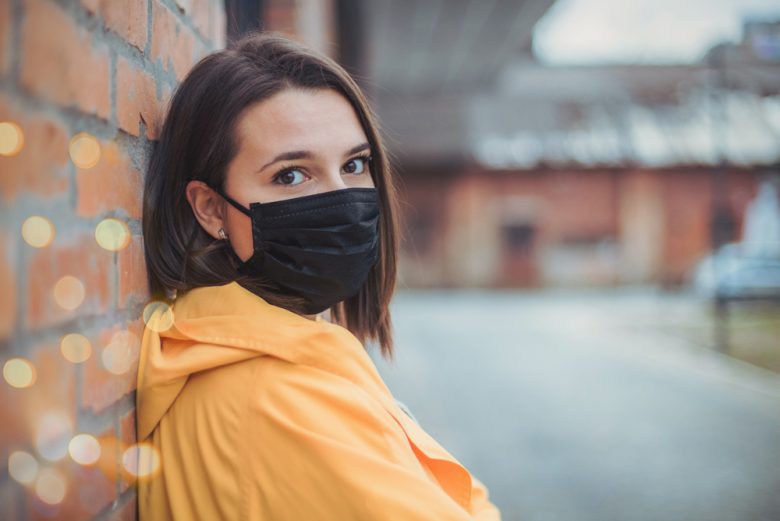All about the AFNOR barrier mask, in France and abroad

Published on March 27, 2020 and revised a month later, the AFNOR Spec – Barrier masks reference document is the fruit of a collective effort byvolunteer experts whom AFNOR brought together in seven days, at the peak of the mask shortage during the first wave of the Covid-19 pandemic. One thing led to another, and the ambition of the document evolved. Originally proposed for all audiences, as a substitute for or complement to surgical masks (which were not widely available at the time and less environmentally-friendly), it is now particularly recommended for the textile industry. This is confirmed by the latest government doctrine, embodied in a decree dated January 27, 2021.
In fact, only those involved in mass production (industrialists or accompanied craftsmen) are in a position to prove, by having them duly tested, that the models manufactured in accordance with the document fall within protection category 1, i.e. that which ensures at least 90% filtration of 3-micron particles. Performance comparable to that of surgical masks. However, the decree explicitly requires that masks marketed for non-health use have been tested to ensure that the minimum 90% threshold has been reached. Where applicable, the decree stipulates that consumers must be informed that these masks meet the requirements of the health authorities. The other category, known as UNS 2, which claims a filtration threshold of 70%, is now considered insufficiently protective, in a context marked by the rapid spread of variant forms of covid-19 detected at the beginning of 2021.
Barrier masks: yes to UNS 1 models, tested and labelled as such
Context that prompted the Minister of Health, on Thursday January 21, 2021, to follow an opinion from the Haut conseil de la santé publique calling for the abandonment of the use of fabric masks not claiming level 1 filtration. Seamstresses and craftsmen cannot, by definition, go through the testing process to claim this or that category (although the AFNOR SPEC document refers to a database indicating which fabric assemblies qualify as UNS 1 or UNS 2), so their use is not recommended. Similarly, the few manufacturers who produce UNS 2 category barrier masks are no longer encouraged to market them. Under the terms of the January 27, 2021 decree, they will have to indicate that these masks do not meet health authority requirements.
So not all fabric masks are inadvisable. Category 1 masks, labelled as such by the manufacturer, are still considered to perform at least as well as surgical masks. All this, in addition to barrier gestures and inter-individual distancing, which is increased to 2 metres. This new doctrine applies first and foremost in the world of work: the company health protocol has been adapted accordingly, in a version dated January 29, 2021.
UNS 1 models must also meet the following criteria:
- breathability for up to four hours of wear;
- air permeability is greater than 96 liters per square meter per second, for a vacuum of 100 pascal ;
- the shape provides a snug fit on the face with coverage of the nose and chin and does not include a sagittal seam;
- when reusable, performance levels a are maintained after at least five washes.
All these specifications are already guaranteed by AFNOR SPEC S76-001.
Category 1 masks, category 2 masks, surgical masks… Find all information about masks